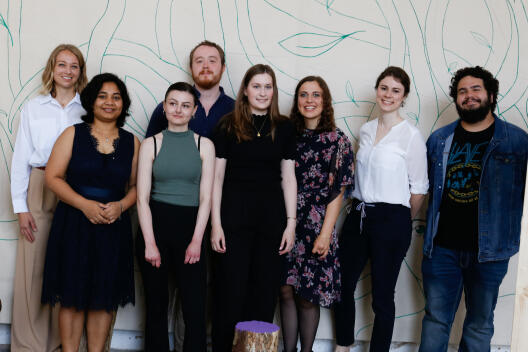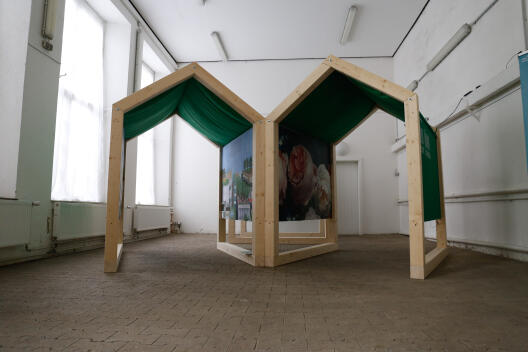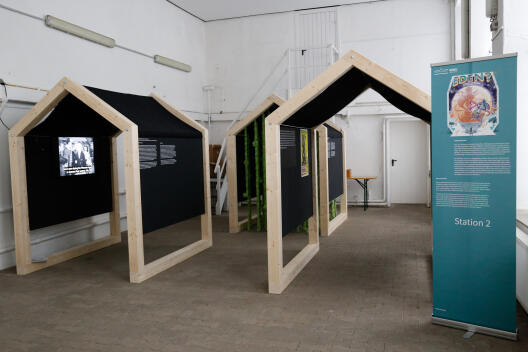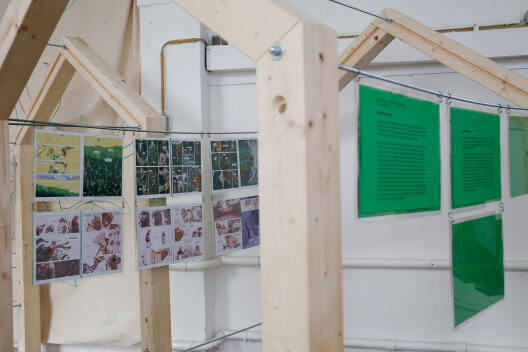Sue Burke (*1955 in den USA): Semiosis (2018)
In Conversation with Bamboo
What might communication between plants and humans look like? Precisely this question is explored in the novel Semiosis. In the year 2065, a fraction of humanity vacates a now-decimated Earth and heads for the planet Pax, where they begin to build civilization from the ground up. However, the ecosystem on Pax functions differently than on Earth: Here, intelligent plants reign supreme.
Appropriately, parts of Semiosis are told from the point of view of a bamboo, which wonders if humans are an intelligent species and whether they were raised by plants. To communicate with them, it displays colored pigments on its trunks, a message the humans are soon able to decipher.
The bamboo becomes an important member of their community and even helps solve a murder. Still, there’s a catch: In order for people to take care of its water supply, the plant renders them dependent on its fruits. In our own world, we can observe the same behavior when citrus plants enrich their nectar with caffeine to help bees remember them better.
















